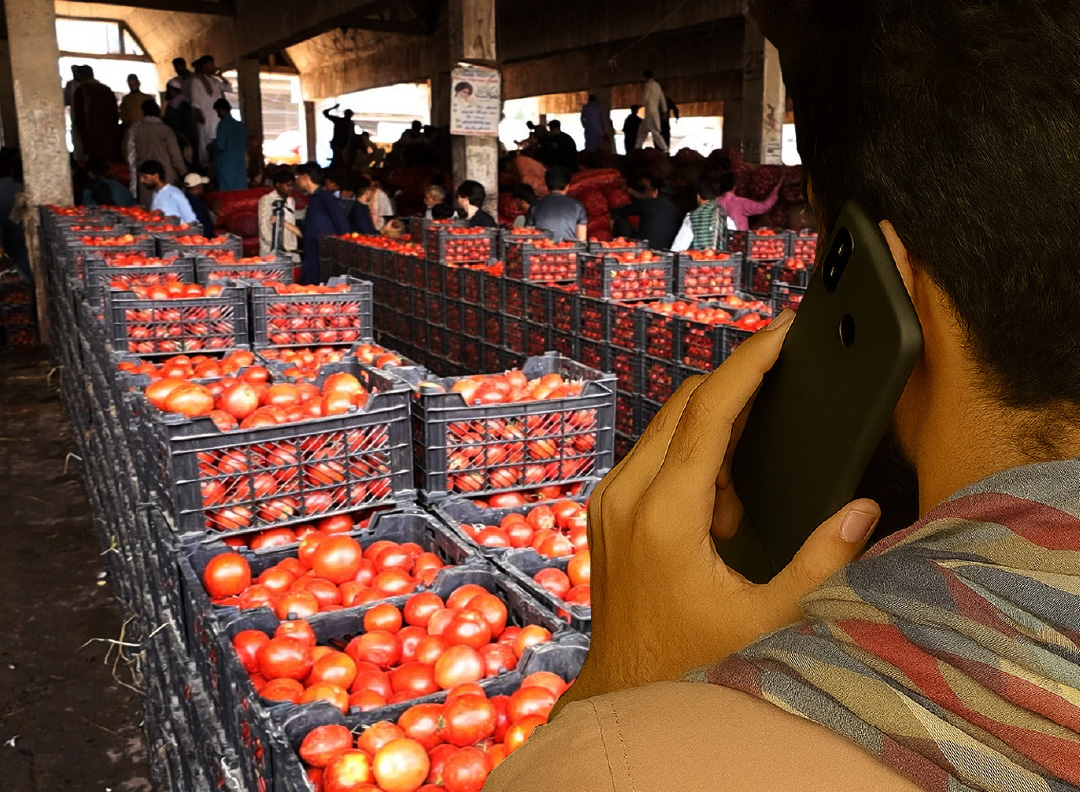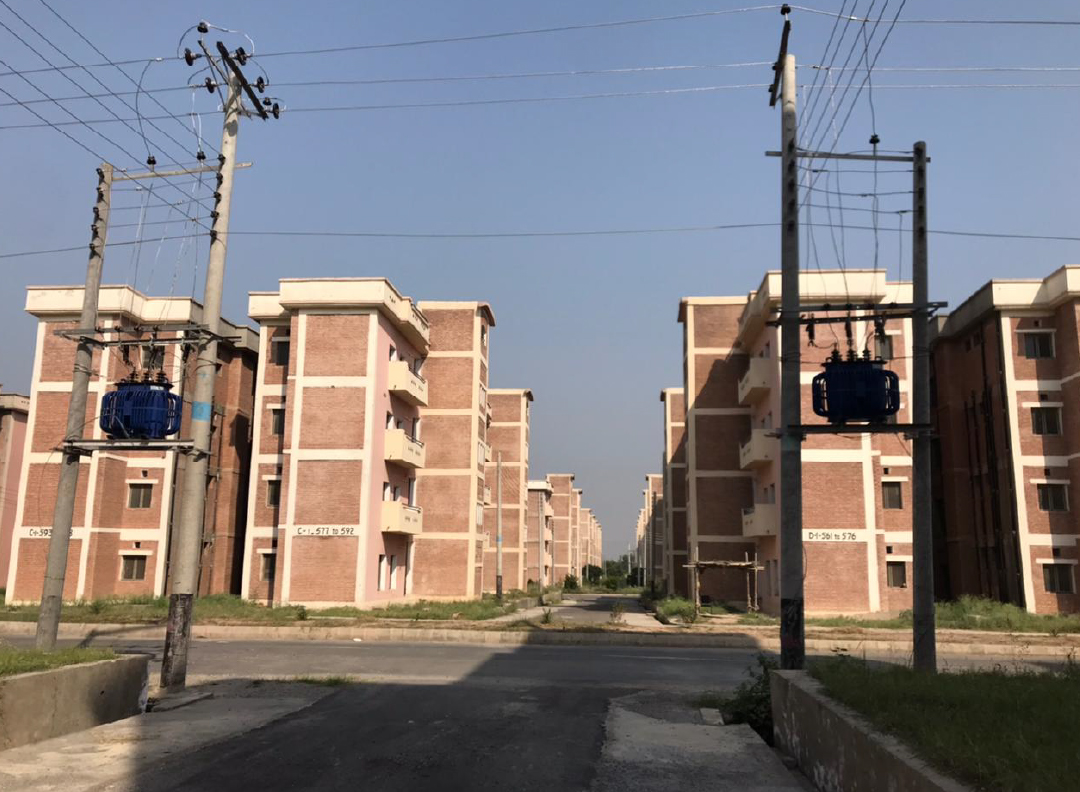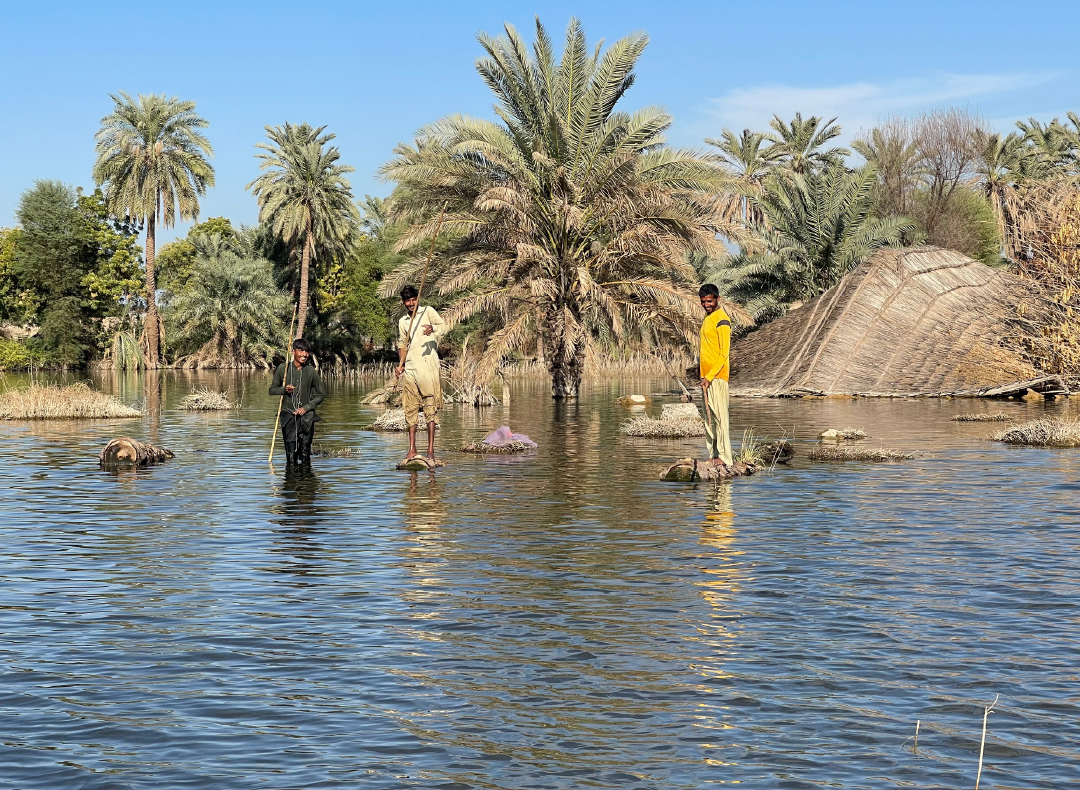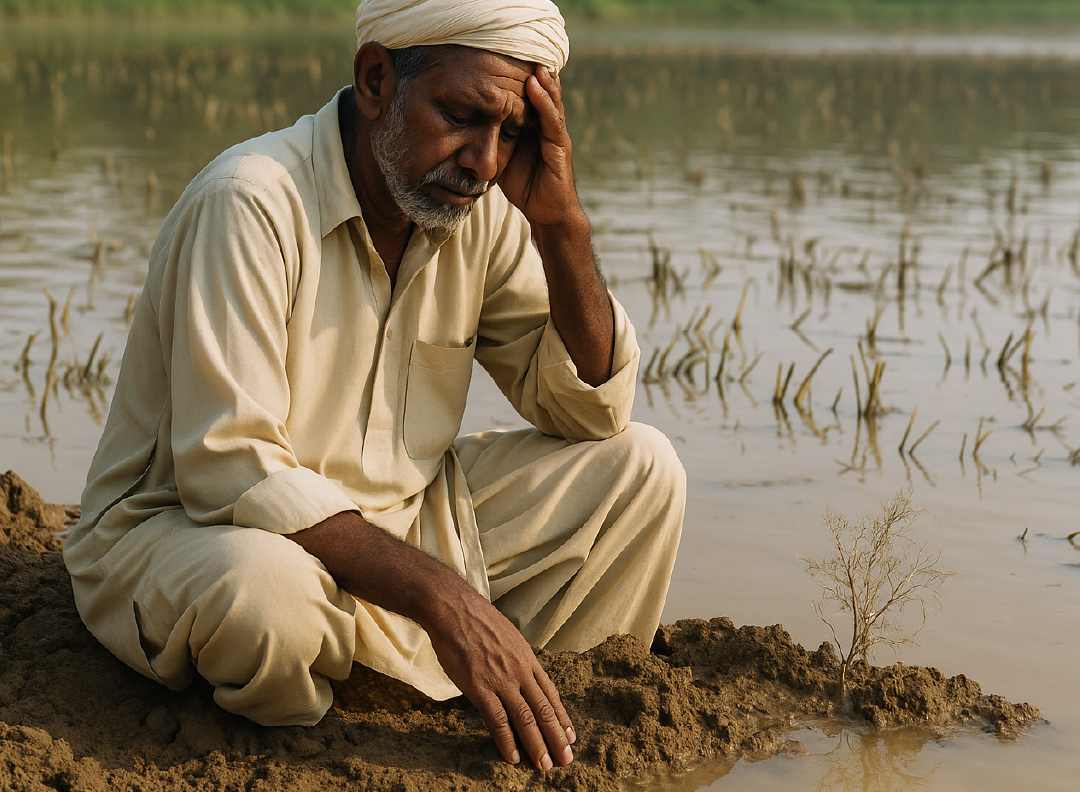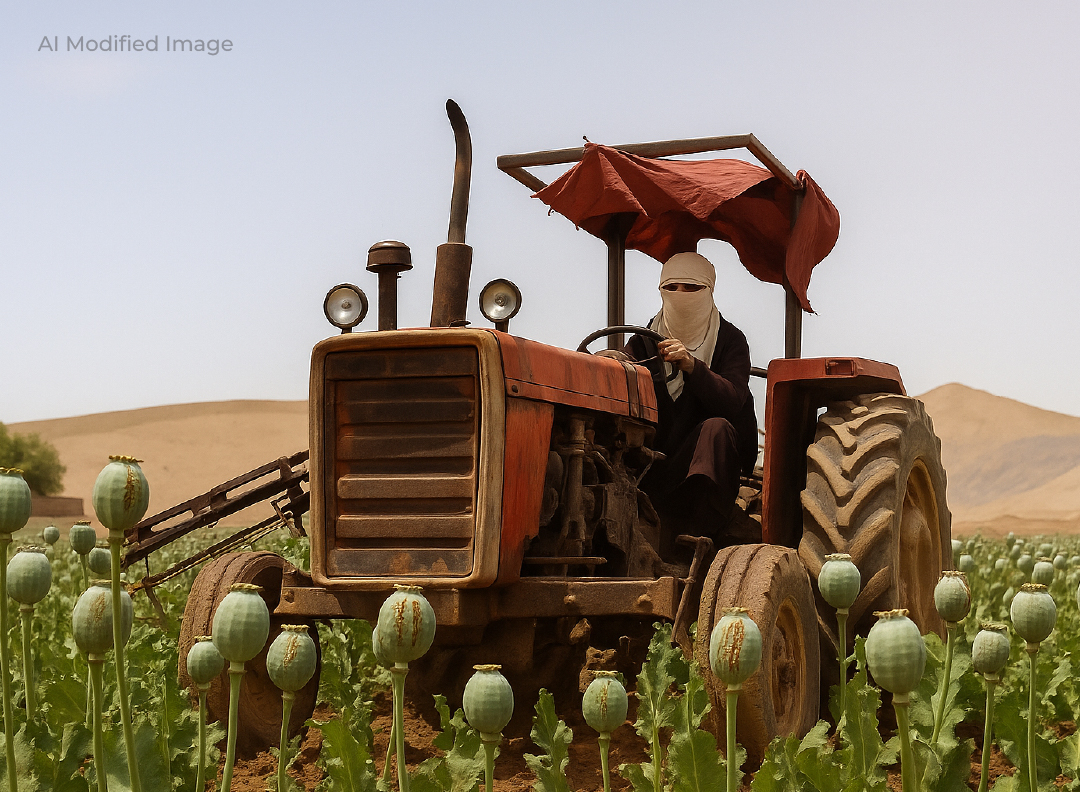Most vegetables are expensive these days but tomato prices have reached Rs500 per kg. What has happened to this vegetable that is used daily in every household?
Lahore-based trader Mujeebur Rehman says that Badami Bagh vegetable market needs 30 trucks of tomatoes every day but only 15 to 20 trucks have been coming here for the past week. “The demand cannot be met, which is why the prices are increasing.”
Most tomatoes come from Afghanistan but dozens of trucks are waiting for clearance on the Pak-Afghan border. Due to this delay, tomato does not reach the markets on time while it also spoils a lot during the wait. Now, since the Pak-Afghan tension, the border is completely closed.
Some tomato trucks are also coming from Swat, Lower and Upper Dir districts of Khyber Pakhtunkhwa, but their number is also very small although a large quantity of tomatoes had arrived from there in September and October last year.
Rahman Zada is a vegetable dealer who has been buying tomatoes from farmers in the Talash valley of Lower Dir for the past 15 years to deliver them to the markets of Rawalpindi, Lahore and Gujranwala.
He says that hundreds of acres of crops in the Talash valley have been affected by the disease. Then, some of the crops were damaged due to floods, and what is left is taking a long time to ripen due to unfavourable weather conditions. During these months of the year, Malakand Division (Swat, Dir, etc.) and Afghanistan together meet Pakistan’s tomato requirement.
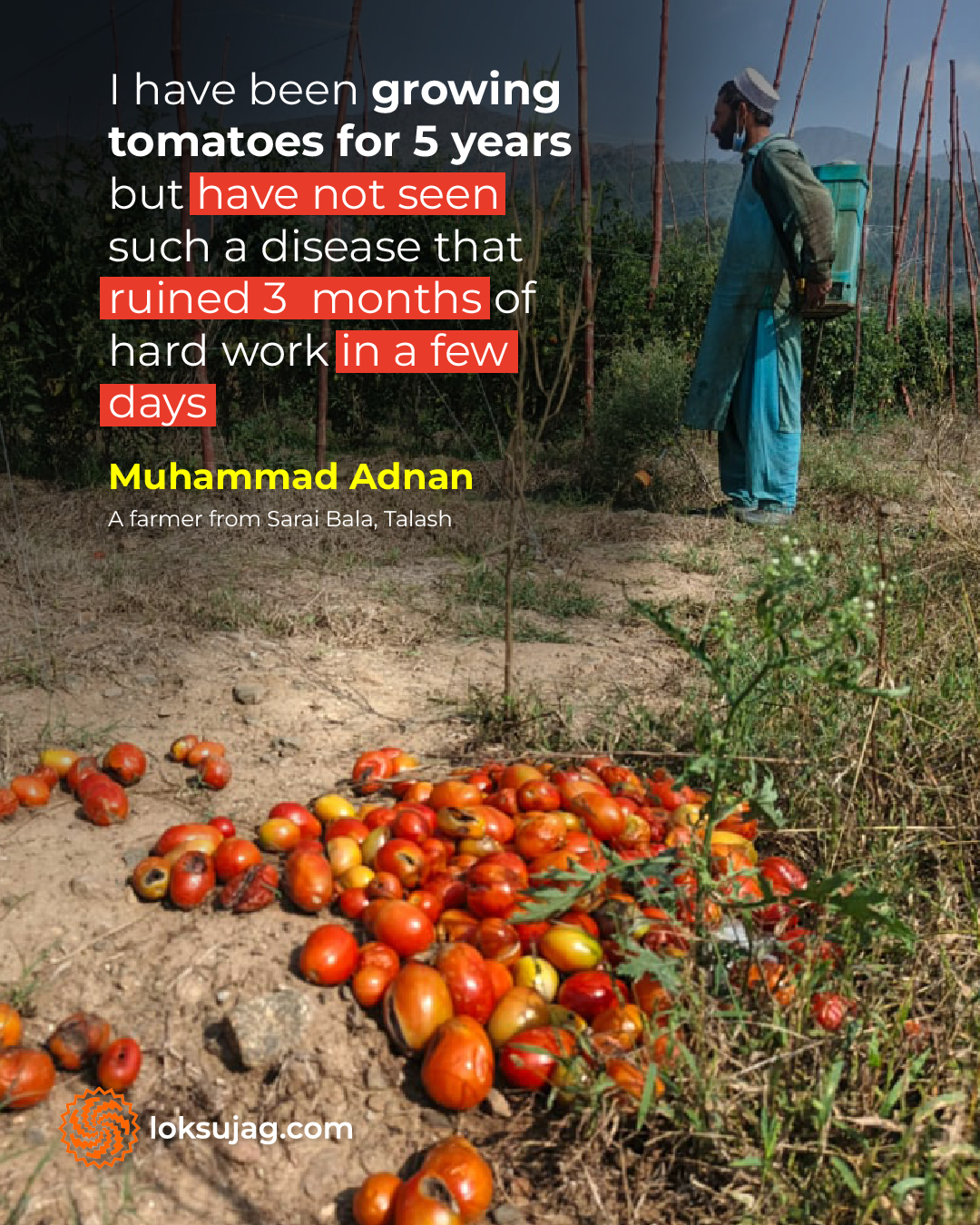
The disease struck when the crop was almost ready
The Talash Valley is a fertile region located between Chakdara and Timergara, which includes the areas of Union Council Noorakhel, Shahikhel, Doshkhel and Bandagai.
According to official statistics, tomatoes are cultivated on a large scale in this valley along with other vegetables. From here, ample supply is provided to the markets across the country in September and October and the farmers also get good rates.
Director of Agriculture Lower Dir Sajjad Hussain says that this season, tomatoes were cultivated on about 1,100 acres across the district, out of which 800 are in the Talash Valley. Unfortunately, about 350 acres of the valley’s crop fell victim to the disease.
According to the farmers, when the crop was about to be ready, the leaves suddenly started turning yellow and then the plants and fruits dried up.
Muhammad Adnan of Sarai Bala (Talash) had cultivated three acres of tomatoe, of which one acre of crop was completely destroyed while two acres were severely affected.
“I have been growing tomatoes for five years but I have never seen such a disease that has ruined three months of hard work in a few days. Now there is no hope of even covering the expenses.”
Nawab Khan of Dheri Talash says that he spent lakhs of rupees on seeds, fertilisers, sprays etc but everything went to waste.
Ehsanullah Khan, the owner of a goods transport company in Lower Dir, says that last year, he used to transport six trucks of tomatoes from the Talash Valley to major markets in Punjab and Khyber Pakhtunkhwa every day. This year, the number of these trucks is less than half.
Speaking to Lok Sujag, former Tehsil Nazim Timergara Riaz Muhammad says that this disease has ruined all the hopes of the farmers.
“If the agriculture department takes immediate action, even now half the crop can be saved,” he adds.
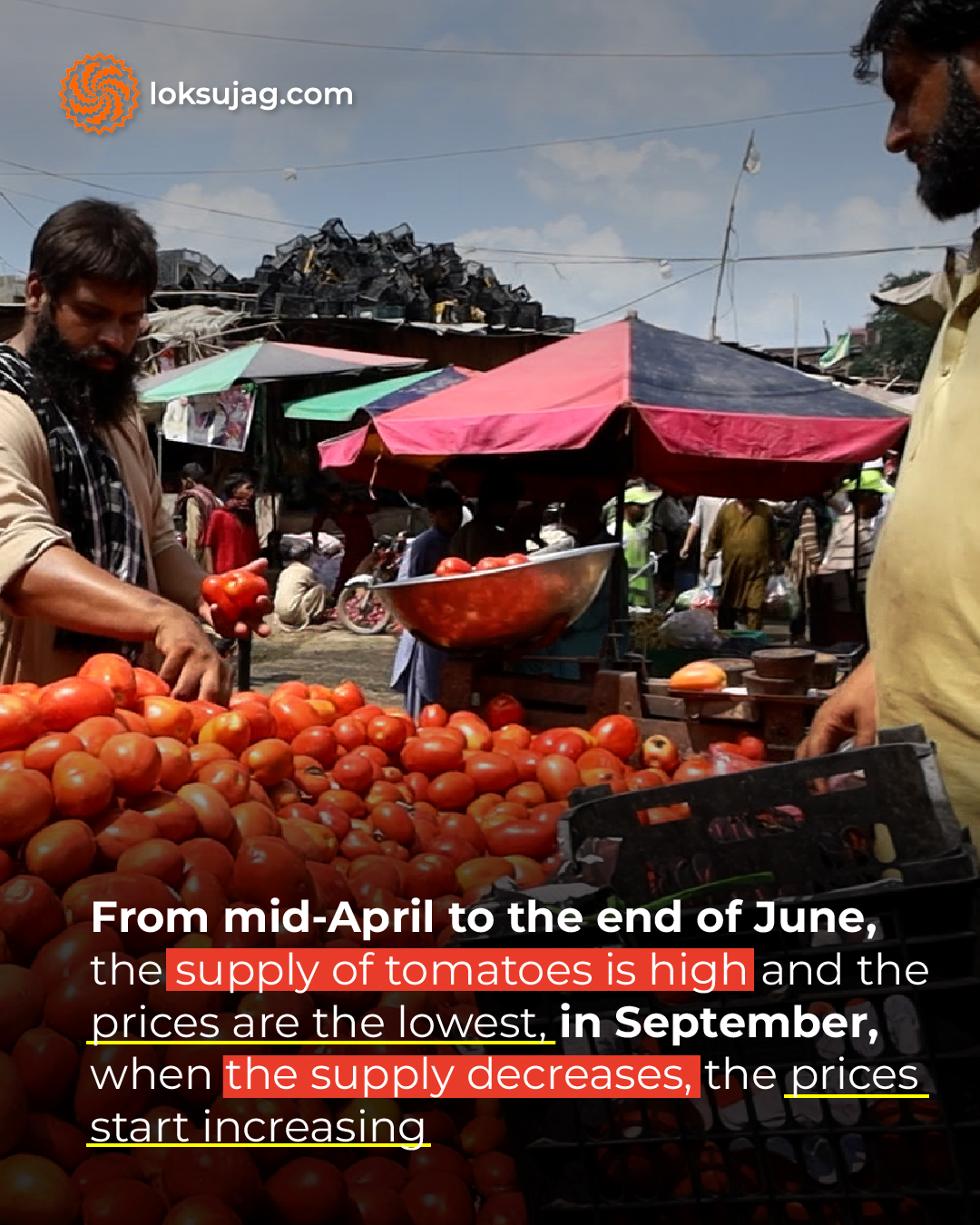
Lack of knowledge among farmers also helped the virus spread.
Agricultural experts call the disease Tomato Yellow Leaf Curl Virus (TYLCV), which has been affecting crops around the world.
Sajjad Hussain says there is no permanent cure for it. According to the Australian Department of Agriculture, TYLCV is extremely dangerous and can cause up to 100pc damage to tomato production. It is spread by sap-sucking whiteflies which transmit the virus from one plant to another.
Dr Fazal Mola, senior research officer at the Agriculture Research Centre Mingora (Swat), says the virus-infected plants should be uprooted and buried in the ground at the earliest. Farmers did not do so due to lack of knowledge, which had spread the disease further. Apart from this, vegetables like capsicum, pumpkin, bitter gourd, cucumber are usually cultivated in tomato fields, which weakens the immunity of tomatoes against viruses.
In the last five years, Balochistan’s share in the total national tomato production was 34pc, Sindh’s 28pc, Punjab’s 22pc and Khyber Pakhtunkhwa’s share was 16pc.
This crop from Khyber Pakhtunkhwa reaches the markets in September-October when supply from other provinces is limited.
Swat district alone produces more than half of Khyber Pakhtunkhwa’s total tomato production.
By combining the production of Buner, Chitral, Malakand, Lower and Upper Dir and Shangla, Malakand division’s share of the province’s production is two-thirds (67pc).
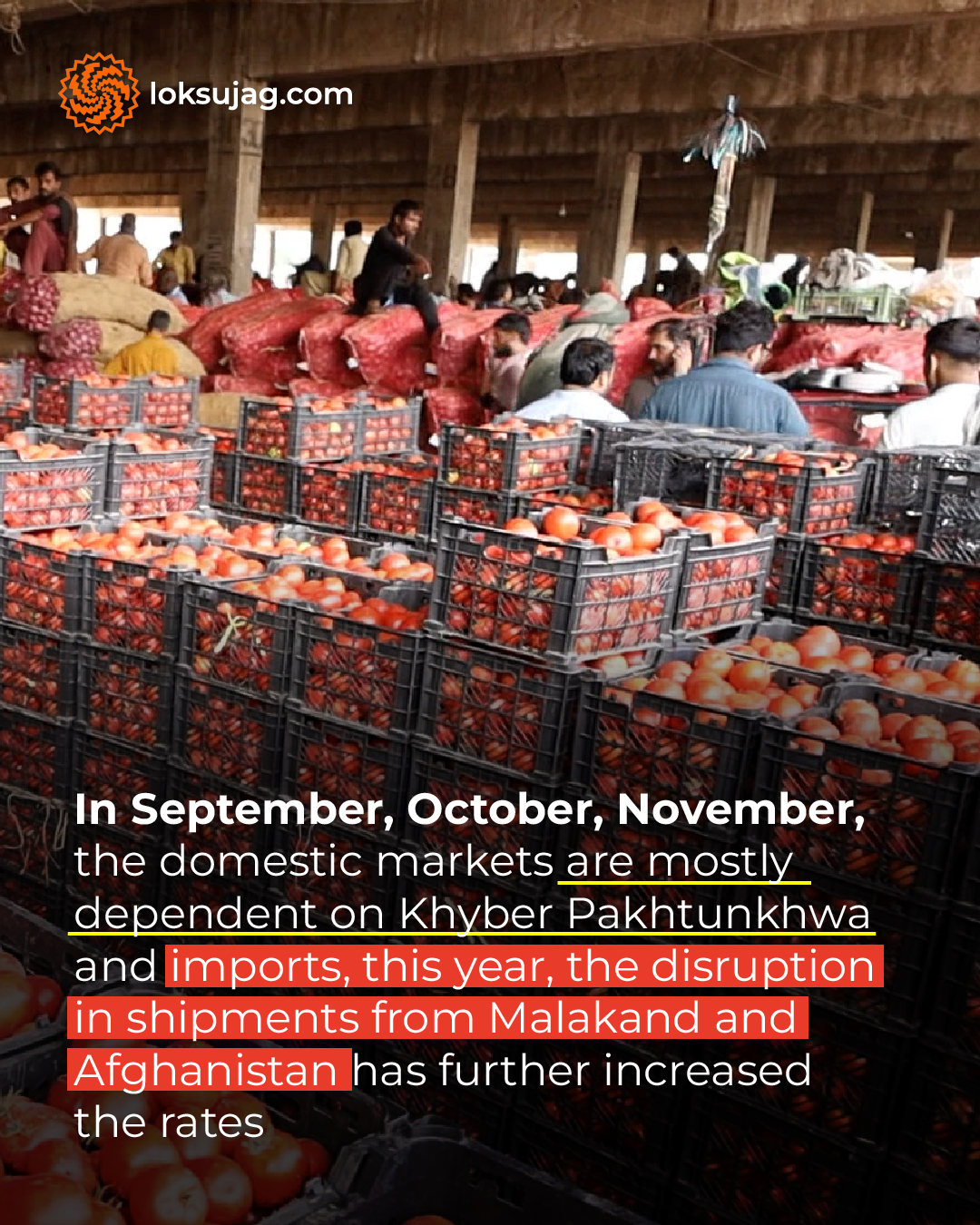
Afghanistan also did not help in difficult times
Fluctuations in tomato prices are usually caused by unstable supply. From mid-April to the end of June, the supply of tomatoes is usually greater than the demand and the prices are lowest during this period. On the contrary, in September, October and November, the supply decreases and the prices start to surge. Between September and November, the arrival of tomatoes from Balochistan decreases and the Sindh crop just begins to ripen, which makes the domestic markets more dependent on Khyber Pakhtunkhwa. During this period, tomatoes are also imported from
Afghanistan and Iran. According to the World Food Programme, the current price of tomatoes per kilogram in Afghanistan is PKR108 and it was being sold for PKR63 three/four weeks ago.
Middleman Mujeebur Rehman who imports tomatoes from Afghanistan that the tomato crop there has also been damaged by rains and floods, which has increased the price there.
“Tomatoes bought from Afghanistan for Rs100 per kg are sold for Rs250 to Rs300 in Lahore after including rent, taxes, etc.”
Then, after the recent clashes between the two countries, border trade has stopped, which has exacerbated the tomato crisis.
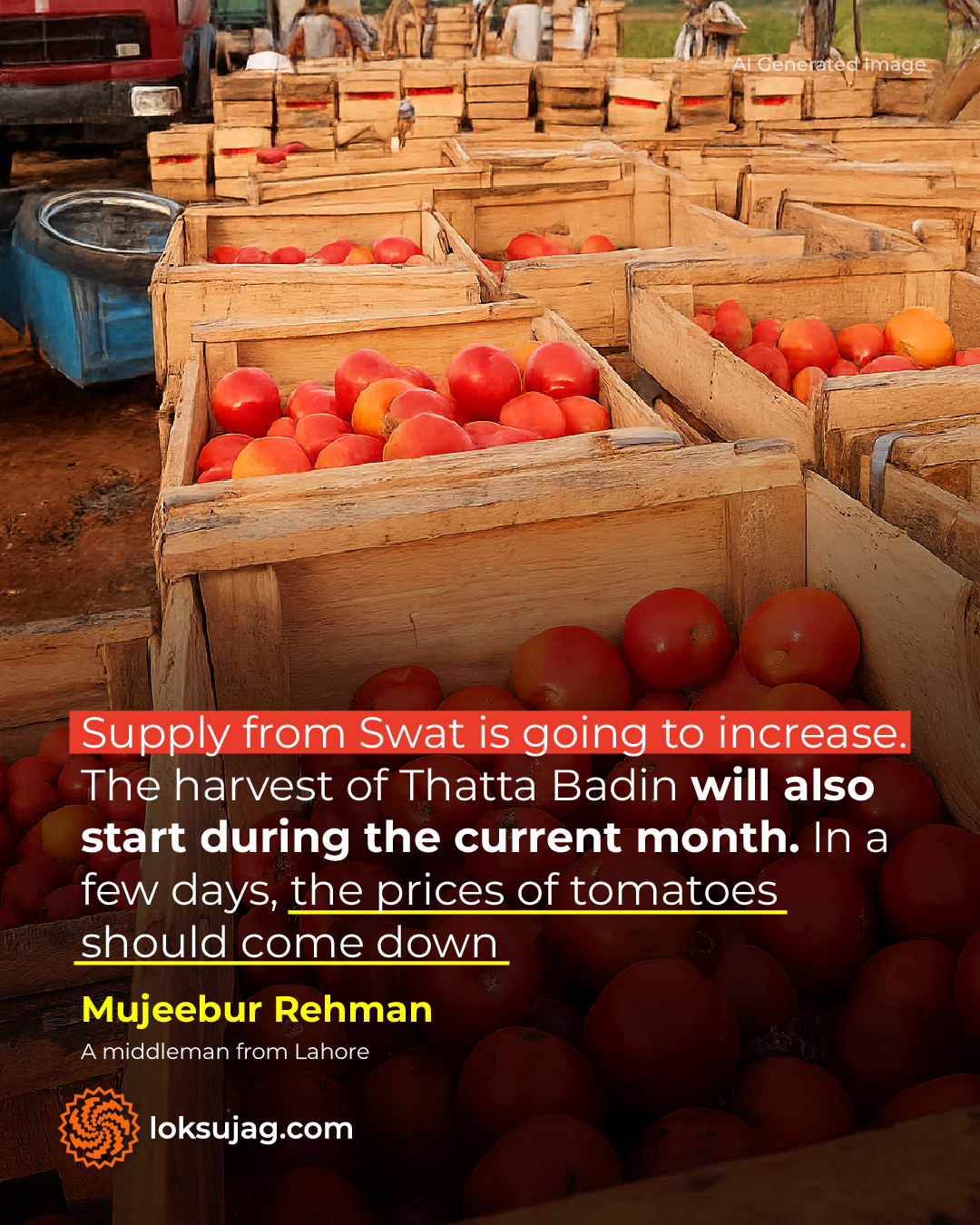
However, Mujeebur Rehman predicts that it is only a matter of days before prices will come down.
“Firstly, supply from Swat is going to increase, and secondly, the crop will also start coming down in Badin and Thatta this month,” he asserts.
Fayyaz Hussain Shah Rashdi, a big tomato grower in Badin and President of Sindh Abadgar Board, confirms that he will start harvesting his crop in 15 days, and the crops of other farmers here will also start reaching the markets by the end of this month.
This year, tomato cultivation is higher than ever in Badin, Thatta and Mirpurkhas. The August-September rains have affected some areas, but still, according to reports so far, the crop is bountiful.
Published on 14 Oct 2025
